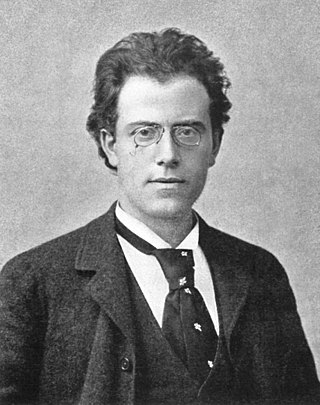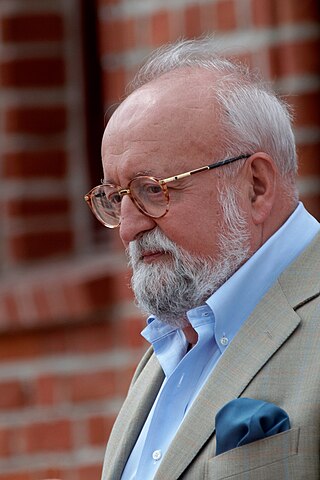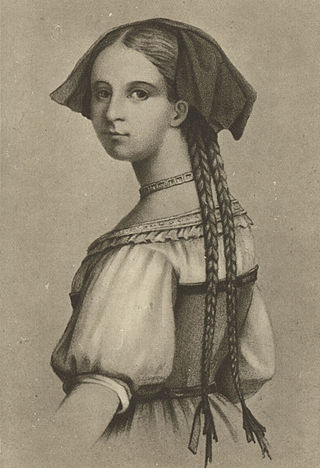Lyrics and melody

Es war einmal ein treuer Husar,
Der liebt' sein Mädchen ein ganzes Jahr,
Ein ganzes Jahr und noch viel mehr,
Die Liebe nahm kein Ende mehr.
Der Knab' der fuhr ins fremde Land,
Derweil ward ihm sein Mädchen krank,
Sie ward so krank bis auf den Tod,
Drei Tag, drei Nacht sprach sie kein Wort.
Und als der Knab' die Botschaft kriegt,
Daß sein Herzlieb am Sterben liegt,
Verließ er gleich sein Hab und Gut,
Wollt seh'n, was sein Herzliebchen tut.
Ach Mutter bring' geschwind ein Licht,
Mein Liebchen stirbt, ich seh' es nicht,
Das war fürwahr ein treuer Husar,
Der liebt' sein Mädchen ein ganzes Jahr.
Und als er zum Herzliebchen kam,
Ganz leise gab sie ihm die Hand,
Die ganze Hand und noch viel mehr,
Die Liebe nahm kein Ende mehr.
"Grüß Gott, grüß Gott, Herzliebste mein!
Was machst du hier im Bett allein?"
"Hab dank, hab Dank, mein treuer Knab'!
Mit mir wird's heißen bald: ins Grab!"
"Grüß Gott, grüß Gott, mein feiner Knab.
Mit mir wills gehen ins kühle Grab."
"Ach nein, ach nein, mein liebes Kind,
Dieweil wir so Verliebte sind."
"Ach nein, ach nein, nicht so geschwind,
Dieweil wir zwei Verliebte sind;
Ach nein, ach nein, Herzliebste mein,
Die Lieb und Treu muß länger sein."
Er nahm sie gleich in seinen Arm,
Da war sie kalt und nimmer warm;
"Geschwind, geschwind bringt mir ein Licht!
Sonst stirbt mein Schatz, daß's niemand sicht."
Und als das Mägdlein gestorben war,
Da legt er's auf die Totenbahr.
Wo krieg ich nun sechs junge Knab'n,
Die mein Herzlieb zu Grabe trag'n?
Wo kriegen wir sechs Träger her?
Sechs Bauernbuben die sind so schwer.
Sechs brave Husaren müssen es sein,
Die tragen mein Herzliebchen heim.
Jetzt muß ich tragen ein schwarzes Kleid,
Das ist für mich ein großes Leid,
Ein großes Leid und noch viel mehr,
Die Trauer nimmt kein Ende mehr. [17]
A faithful soldier, without fear,
He loved his girl for one whole year,
For one whole year and longer yet,
His love for her, he'd ne'er forget.
This youth to foreign land did roam,
While his true love, fell ill at home.
Sick unto death, she no one heard.
Three days and nights she spoke no word.
And when the youth received the news,
That his dear love, her life may lose,
He left his place and all he had,
To see his love, went this young lad...
Oh mother, bring forth a light,
My darling dies, I do not see,
That was indeed a faithful hussar,
He loves his girl a whole year.
And when he came to his darling,
Very softly, she gave him her hand,
The whole hand and much more,
Love never came to an end.
"Greetings, greetings, my dearest!
What are you doing alone in bed?"
"Thanks, thanks, my faithful lad!
With me it will soon be in the grave."
"Greetings, greetings, my fine boy.
Let me go to the cool grave."
"Oh no, oh no, my dear child,
Because we are so in love. "
"Oh no, oh no, not so fast,
Because we are two lovers;
Oh no, oh no, my heart tells me,
The love and faith must last longer."
He took her in his arms to hold,
She was not warm, forever cold.
"Oh quick, oh quick, bring light to me,
Else my love dies, no one will see."
And when the maid had died,
He puts on the funeral bier.
Where do I get six young boys,
To carry my dear to the grave?
Pallbearers we need two times three,
Six farmhands they are so heavy.
It must be six of soldiers brave,
To carry my love to her grave.
A long black coat, I must now wear.
A sorrow great, is what I bear.
A sorrow great and so much more,
My grief it will end nevermore. [18]













